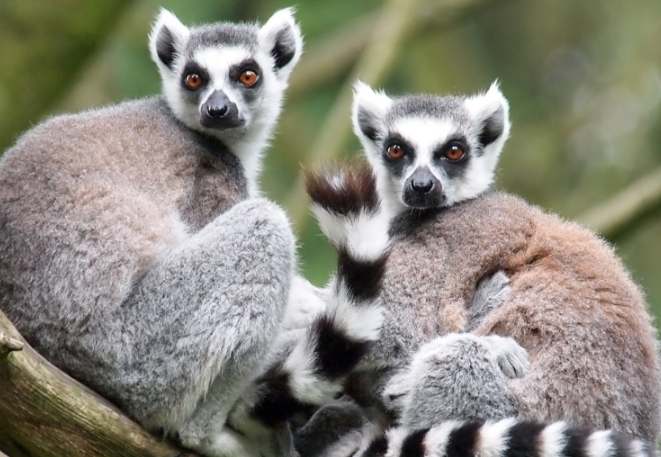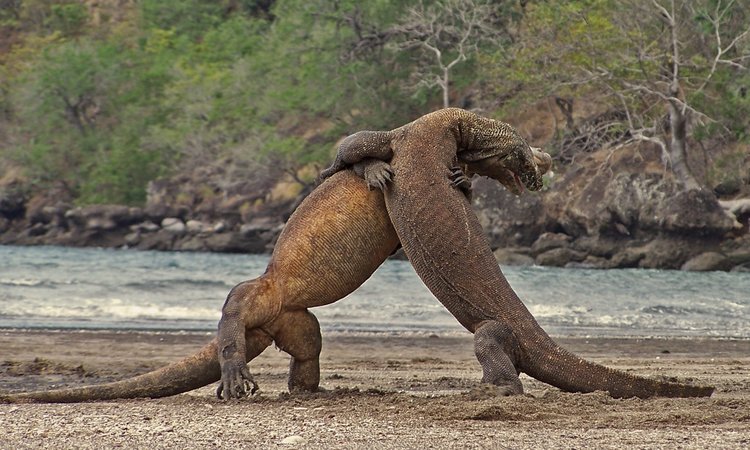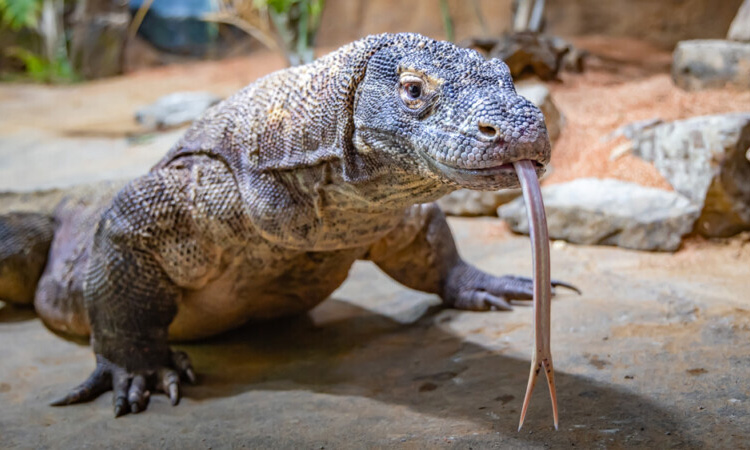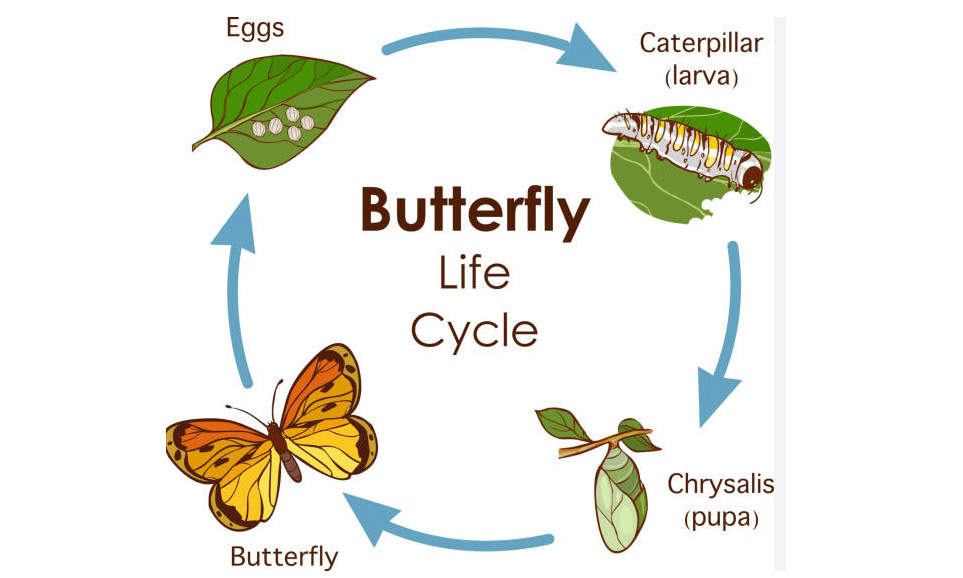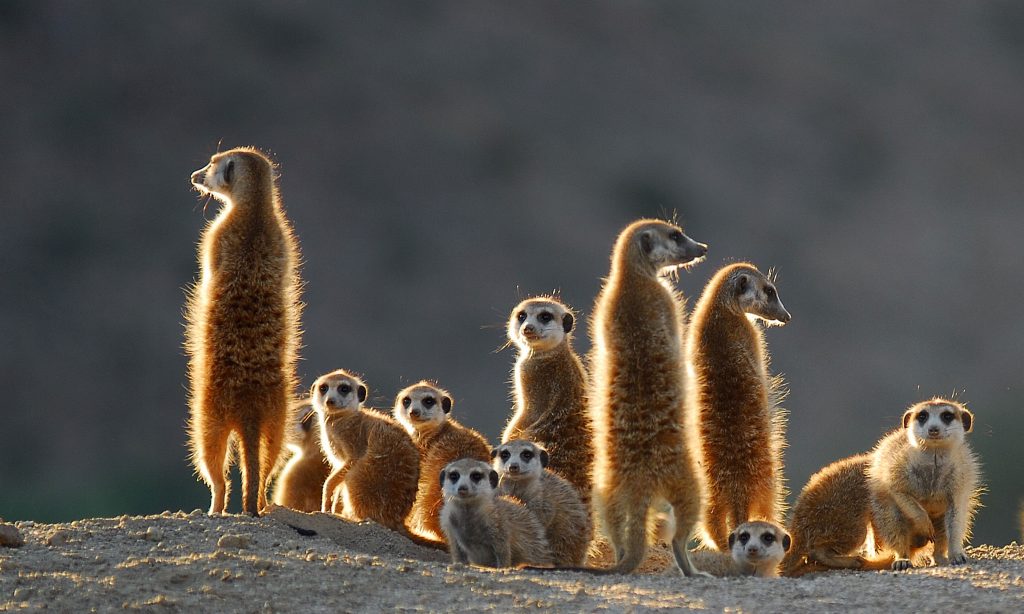The ring-tailed lemur, one of the most iconic lemurs in Madagascar, has a fascinating life full of social complexities and survival strategies. From their intricate social structures to unique behaviors, these primates offer a glimpse into the natural world’s wonders.
Social Structures: A Complex Hierarchy
Ring-tailed lemurs live in groups called troops, consisting of multiple females, a dominant male, and several subordinate males. Females typically lead the troop and play a crucial role in decision-making.
To establish dominance, males engage in “stink fights” where they rub their scent glands on their long tails and wave them at each other. The male with the strongest scent usually wins the battle and gains higher status within the troop.
Survival Tactics: Adaptations for Success
Ring-tailed lemurs have developed various survival tactics to thrive in their environment. Their long, bushy tails help them maintain balance while leaping from tree to tree and serve as a communication tool by wafting scents through the air.
These primates spend a significant amount of time sunbathing to warm up and maintain their body temperature. They engage in a behavior called “sun worshipping,” where they spread their arms and legs to soak up the sun’s rays.
Threats and Conservation Efforts
Despite their resilient nature, ring-tailed lemurs face numerous threats, including habitat loss, poaching, and climate change. Madagascar’s rapidly disappearing forests jeopardize their survival, making conservation efforts crucial for their future.
Several organizations are working tirelessly to protect ring-tailed lemurs and their habitats. Conservation programs focus on creating protected areas, educating local communities, and enforcing anti-poaching laws to safeguard these remarkable creatures.
In conclusion, the lives of ring-tailed lemurs are a testament to the importance of biodiversity in our world. These unique primates showcase the intricate balance of nature and the need for conservation efforts to ensure their continued existence. Their social structures, survival tactics, and conservation status make them a species worth studying and protecting for generations to come.
